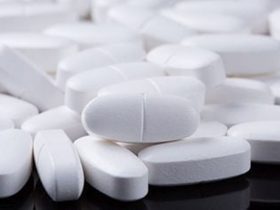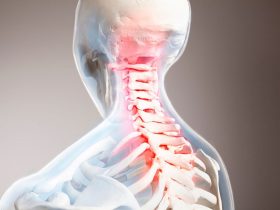Clinical outcomes and cost-effectiveness of simulated treatment strategies for injection drug use-linked IE compared in modeling study
MONDAY, March 14, 2022 (HealthDay News) — A modeling study suggests that incorporating outpatient parenteral antimicrobial therapy (OPAT) or partial oral antibiotic approaches along with addiction care services in the treatment of patients with injection drug use-associated infective endocarditis (IDU-IE) is associated with clinical benefit and cost savings, according to a study published online Feb. 28 in JAMA Network Open.
Joëlla W. Adams, Ph.D., from the Boston Medical Center, and colleagues compared antibiotic treatment strategies for patients with IDU-IE in a modeling study. All patients with injection opioid drug use in the United States who were eligible to receive OPAT were included in the model (5 million patients). The model simulated four treatment strategies: four to six weeks of inpatient intravenous antibiotic therapy plus opioid detoxification (usual care); usual care plus inpatient addiction care services; three weeks of inpatient antibiotic therapy plus addiction care followed by OPAT; and three weeks of inpatient antibiotic therapy plus addiction care followed by partial oral antibiotic therapy.
The researchers found that usual care yielded 18.63 life years (LYs) at a cost of $416,570 per person; 77.6 percent of hospitalized patients completed treatment. Each alternative strategy extended life expectancy. The highest treatment completion rate was seen with the partial oral antibiotic strategy compared with the OPAT strategy and usual care/addiction care strategy (80.3, 78.8, and 77.6 percent, respectively). The least expensive strategy was OPAT ($412,150 per person). The incremental cost-effectiveness ratio was $163,370 per LY for the partial oral antibiotic strategy compared with the OPAT strategy. The partial oral antibiotic strategy was made more cost-effective by increasing IDU-IE treatment uptake and reducing treatment discontinuation. The strategy was cost-saving, resulting in 0.0247 additional discounted LYs when assuming all patients with IDU-IE were eligible for partial oral antibiotic therapy.
“Outpatient treatment approaches for endocarditis may not only save lives, but also save money that could then be allocated to evidence-based programs for the opioid crisis,” a coauthor said in a statement.
One author disclosed financial ties to Abt Associates.
Copyright © 2021 HealthDay. All rights reserved.







